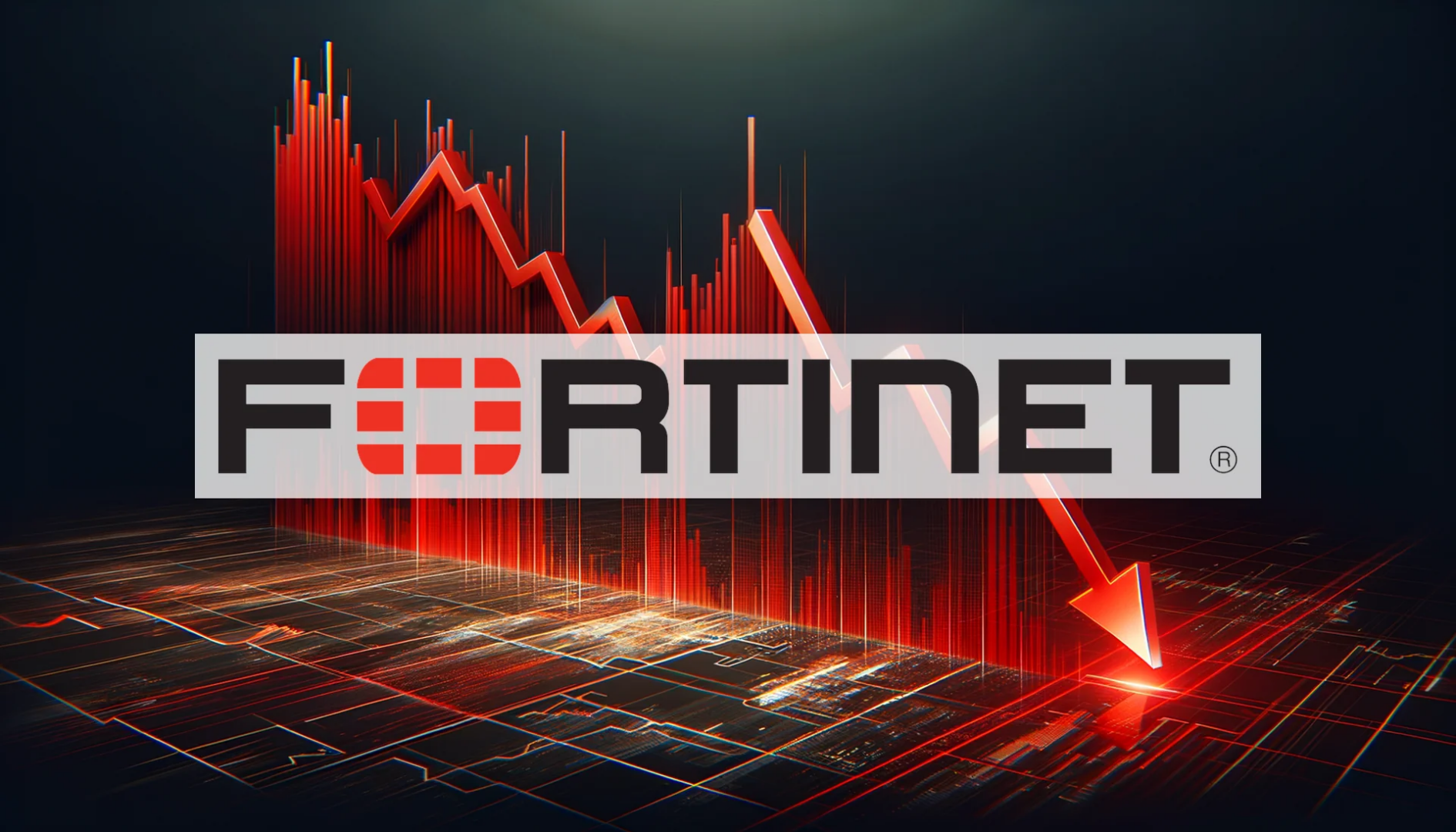Facing potential delisting from the Nasdaq exchange, electric vehicle manufacturer Polestar is implementing an emergency measure that underscores its current financial challenges. The company has announced a 1-for-30 reverse stock split scheduled for December 9, a tactical move designed to mechanically boost its share price above the critical $1 threshold required by exchange regulations.
Mounting Exchange Compliance Pressure
The clock is ticking for Polestar as it races against an April 2026 deadline to regain compliance with Nasdaq’s minimum bid price requirement. According to exchange rules, the automaker must maintain a closing price above $1 for ten consecutive trading days or face removal from the exchange. This reverse split represents the company’s calculated response to this pressing regulatory challenge, artificially inflating the stock price through mathematical restructuring rather than organic market growth.
Underlying Financial Distress Revealed
Behind this technical maneuver lies a troubling financial reality. Polestar’s third-quarter results revealed a significantly widened loss of $365 million, representing a $42 million increase compared to the same period last year. Multiple factors are driving this negative performance, including punishing US tariffs, intense price competition within the electric vehicle sector, and rapidly escalating production expenses.
Should investors sell immediately? Or is it worth buying Polestar Auto.adr/a?
The company’s market performance since its 2022 debut has been catastrophic, with shares losing more than 90% of their value. This dramatic decline has forced Polestar to implement workforce reductions affecting 20% of employees, with research and development departments experiencing particularly severe cuts. The struggling automaker now depends increasingly on support from its majority owner, Geely, to maintain operations.
A Controversial Wall Street Maneuver
Financial markets typically view reverse stock splits with skepticism, considering them warning signs rather than solutions. While the arithmetic adjustment increases the per-share price, the fundamental market capitalization remains unchanged. This technical fix does nothing to address Polestar’s core operational difficulties or improve its underlying business valuation.
The critical question facing investors is whether Polestar can leverage this temporary reprieve to engineer a genuine turnaround. Following the December 9 implementation, market observers will closely monitor whether the artificially elevated share price can sustain itself over the longer term. The electric vehicle manufacturer’s drastic action could either provide the breathing room needed for recovery or simply represent the latest development in an ongoing downward spiral.
Ad
Polestar Auto.adr/a Stock: Buy or Sell?! New Polestar Auto.adr/a Analysis from November 27 delivers the answer:
The latest Polestar Auto.adr/a figures speak for themselves: Urgent action needed for Polestar Auto.adr/a investors. Is it worth buying or should you sell? Find out what to do now in the current free analysis from November 27.
Polestar Auto.adr/a: Buy or sell? Read more here...










